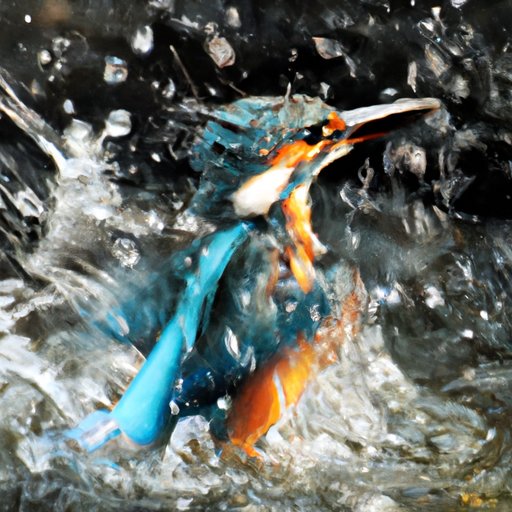 Introduction:
Introduction:
Bathing is a fundamental aspect of personal hygiene not only for humans but also for various animal species. The diverse ways in which animals maintain cleanliness and hygiene are fascinating and essential for their overall health and survival. This article aims to delve into the intricacies of animal bathing, exploring different bathing techniques, grooming behaviors, and adaptations observed across the animal kingdom.
1. Importance of Bathing in the Animal Kingdom:
Bathing serves several crucial purposes for animals, including the removal of dirt, parasites, and excess oil from their fur, feathers, or skin. It aids in regulating body temperature, removing metabolic waste, enhancing social bonding, and preventing infections. Different animals have evolved unique bathing mechanisms to cater to their specific needs and habitats.
2. Aquatic Animals:
a) Marine Mammals: Aquatic mammals like dolphins, whales, and seals exhibit a remarkable ability to self-clean by rubbing up against rocks or using their flippers to remove dead skin and parasites. They may also breach or leap out of the water, allowing the force of impact to dislodge debris from their bodies.
b) Fish: Most fish species rely on water currents to naturally clean their bodies, while others have specialized cleaning relationships with cleaner fish or cleaner shrimp that pick parasites off their scales.
3. Avian Bathing:
Birds have evolved diverse bathing techniques, primarily adapted to their habitats and feather maintenance requirements.
a) Water-based Bathing: Many birds, such as ducks, swans, and herons, take traditional water baths in ponds, lakes, or puddles, flapping their wings to spread water and remove dirt from their feathers efficiently.
b) Dust Bathing: Certain birds, like pigeons, sparrows, and quails, engage in dust bathing, where they roll around in fine dust or sand, which helps to remove excess oil and parasites from their feathers.
4. Terrestrial Mammals:
Mammals, both large and small, have developed various methods to maintain cleanliness.
a) Self-Grooming: Animals with fur, such as cats, dogs, and many small rodents, employ their tongues, paws, or specialized grooming claws to meticulously clean their fur, ensuring it remains free from dirt, parasites, and mats.
b) Dust Bathing: Some mammals, such as elephants, wallowing in mud or dust, utilize dust bathing as a means to protect themselves from sunburn, insect bites, and regulate body temperature.
5. Insect Bathing:
Insects, despite their small size, have unique and intriguing bathing behaviors.
a) Ants: Certain species of ants engage in social grooming, where they meticulously clean each other’s bodies using their antennae and mandibles.
b) Butterflies: Butterflies adopt a technique called puddling, where they gather around damp soil, sand, or even animal droppings to extract essential nutrients like salts and amino acids.
6. Reptiles and Amphibians:
a) Reptiles: Turtles, crocodiles, and snakes often submerge themselves in water or use their tongues to lick their scales and remove dirt or parasites.
b) Amphibians: Frogs, salamanders, and newts rely on a combination of water-based bathing and skin shedding to maintain cleanliness.
Conclusion:
The myriad ways in which animals bathe underscore the significance of cleanliness and hygiene across the animal kingdom. Each species has evolved unique adaptations to cater to their specific needs, habitats, and grooming requirements. Understanding these bathing behaviors not only provides valuable insights into animal physiology and behavior but also highlights the remarkable diversity and ingenuity of nature’s solutions to personal hygiene.
